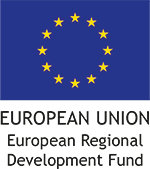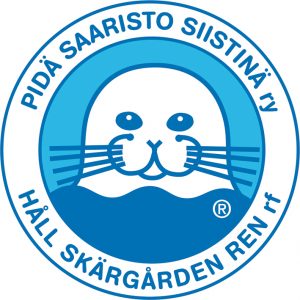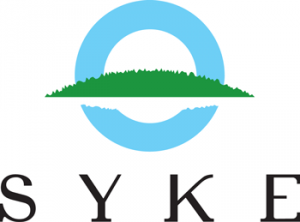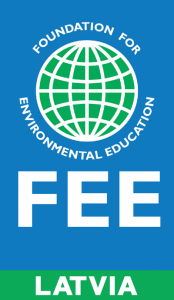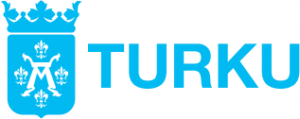Litter is one of the most broadly spread environmental pressures in marine environments, receiving increasing publicity and causing a lot of concern. Marine litter consists mainly of plastic items in the Central Baltic region.
The BLASTIC project (2016-2018) aims at reducing plastic waste and, thereby, the inflow of hazardous substances into the Baltic Sea by mapping and monitoring the amounts of litter in the aquatic environment.
The BLASTIC project demonstrates how plastic waste in urban areas finds its way to the Baltic Sea and becomes marine litter. Land-based sources count for most of the marine litter, while rivers are major pathways feeding the sea with litter. In practice, the project takes regional and national strategies into use on a local level and also produces updated local action plans. The project also provides a methodology for mapping the most important sources and pathways of marine plastic litter and monitoring litter in rivers and coastal waters/areas.
As a result, the project compiles a list of sources and pathways, as well as recommendations for resource efficiency in the waste and water sector. The methodology is implemented in 3-4 urban areas and the concept is further promoted in other areas. As a result of the project, the amount and inflow of plastic marine litter and hazardous substances will be reduced in the Central Baltic area and the Baltic Sea. The project will produce real data and a new methodology that suits the pilot areas, as well as general guidelines with a list of identified and prioritized sources as relates to plastic waste and urban areas. This project was designed for continuation after the project is completed, thereby creating lasting conditions that will ultimately contribute to the reduced inflow of hazardous substances and toxins into the Baltic Sea.
BLASTIC 2016-2018 is financed by the Central Baltic Programme 2014-2020. The total budget for the project is 1,016,555.50 euro, of which ERDF is providing 784,522.46 euro.

